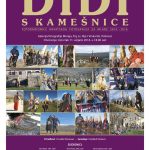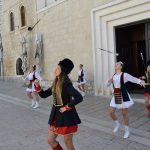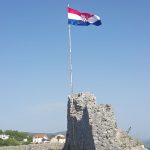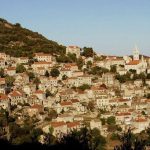TCN’s Filipa Marušić gives us a closer look at some more of Croatia’s incredible intangible heritage…
As the carnival season is here, lets take a closer look into more unique pieces of heritage Croatia has to offer. While there are several carnival pageant and customs which are listed as intangible heritage of Croatia, this article will present a look at an annual pageant that happens in the Sinj area. To be more precise, the pageant has been being organised for years in the villages at the foot of the Kamešnica mountain, and covers area of Sinj, Trilj and the Otok Municipality.
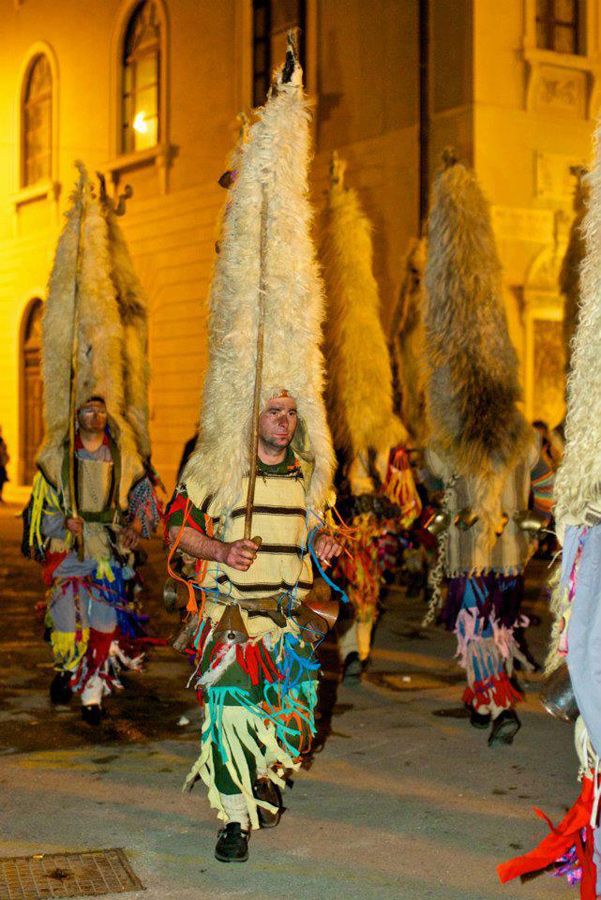
In villages such as Gljev, Han, Bajagić and Gala, the carnival is used as a unique and authentic way of presenting old customs and other related rituals and traditions. This tradition is preserved and is a very important part of carnival events in the villages of Took, Udovičići, Ruda, Grab, Vedine, Velić and Vrpolje-Čačvina. This tradition is still reserved for men only who dress up in costumes and take on the roles of the various characters described below.
The most remarkable part of the carnival pageant in Gljev is march of the “didi” (meaning old men) who present themselves as a loud group of colourful rams– they even have their own Didi s Kamešnice (Old Men of Kamešnica) association.

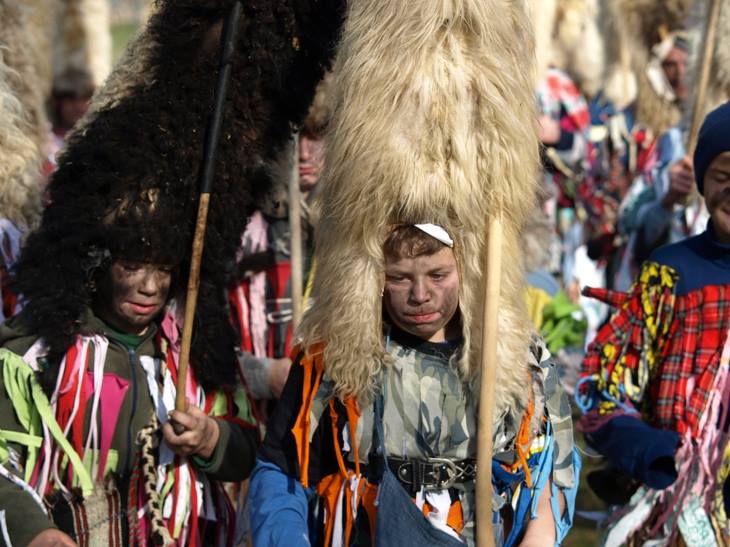
The pageant has strict tradition-based rules and there is a range of characters who participate in this colourful parade. The first to lead the pageant is the white pageant group with the barjo (standard-bearer) and a carnival wedding procession. They are followed by a komedija (comedy) troop and the black carnival pageant group. The wedding procession symbolises spring and is led by the first did (old man) or by the barjo.
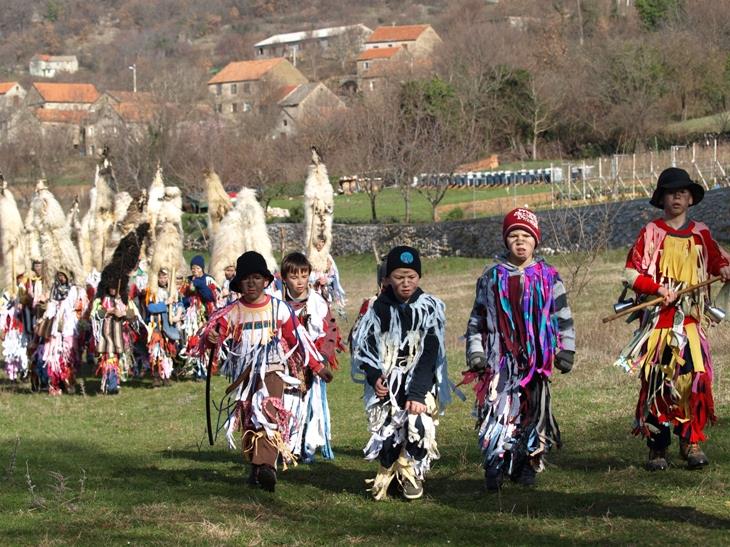
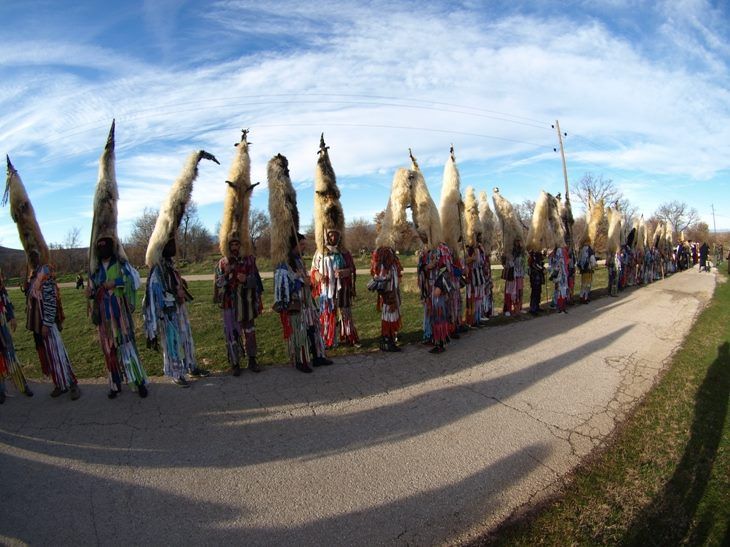
A pregnant, mannish bride, walks with the bridesman and looks for the spouse, which is the main purpose of the pageant. There are jenge or married women, jengije or maids, and other wedding participants who all wear traditional outfits. The Turčin or Ottoman is in command of the pageant and makes sure that white and black carnival groups don’t mix, there is also a character called bula, a veiled female figure who tries to kiss young women.
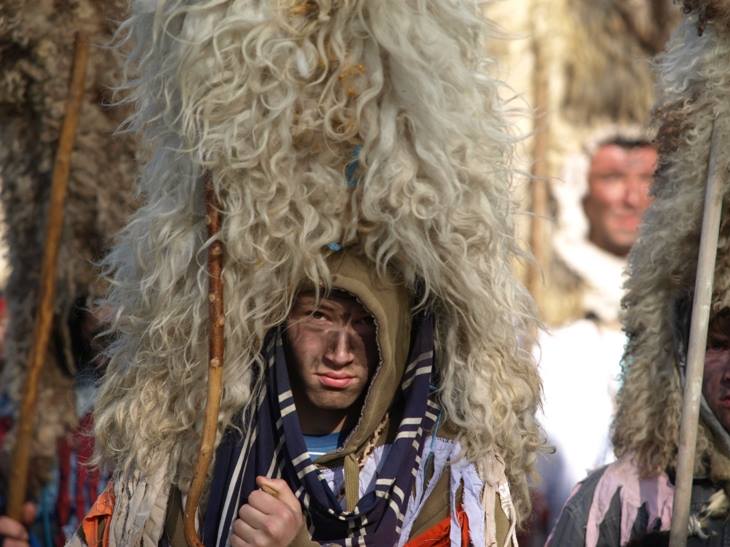
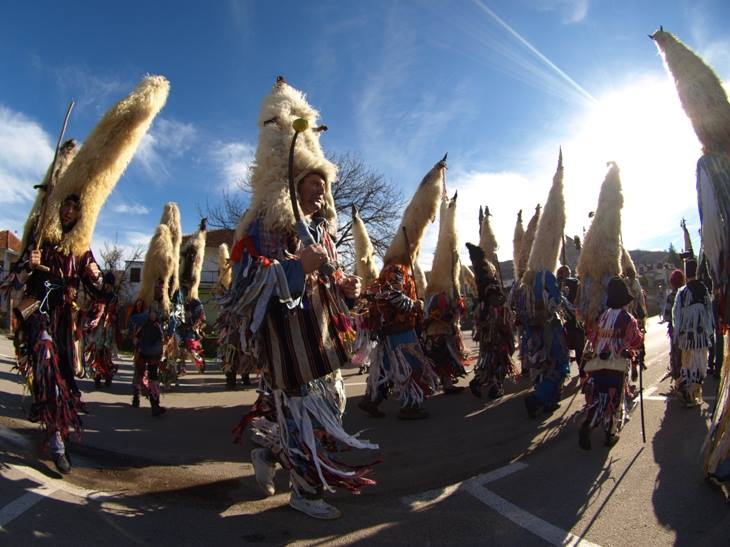
Both of these characters are connected to the extremely long presence of Ottomans in this area, and the comedy group is there to criticise current social and political issues. The black wedding procession is led by baba and did (old woman and old man). During the pageant, this couple simulates sexual intercourse in order to evoke a better crop, which is associated with the fertility cult. Other characters of the pageant are the žalovice, or crying widows with their humorous verses.
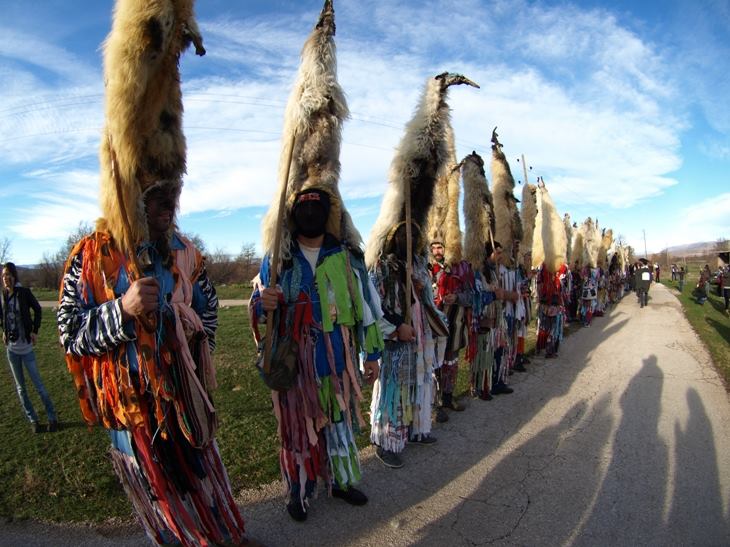
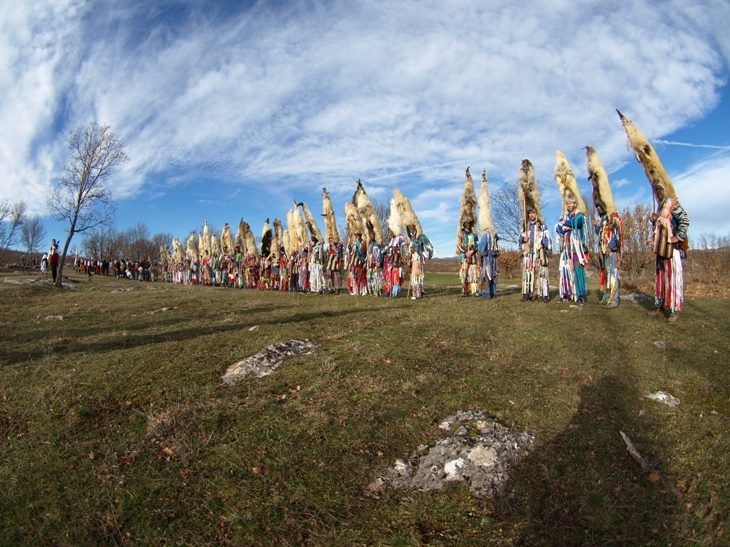
Didi are the most interesting part of pageant – they wear sheep fleeces up to 1.5 metres in height, and bells around their waists, dressing up in old clothes with colourful fringes. They symbolise the fight of good spirits with winter which they try to chase away with ringing and the noise. This old ritual is still a very relevant part of carnival pageants in other parts of Croatia.
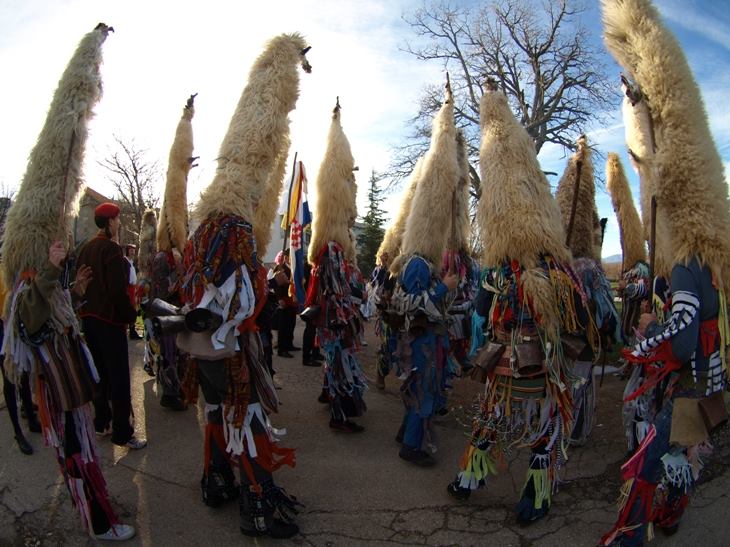

This weekend is the time to be a witness to this heritage and to experience it. Sinj Tourist Board and the Town of Sinj will organise the fourth pageant of carnival pageants of the Cetina region.
This event will showcase the traditional costumes and outfits typical to the Cetina region. The route they will be walking will be as follows: NK Junak – Put Šumarije – Put Piketa – ulica Miljenka Buljana to the bus station (kolodvor) – Put Ferate – ulica Kneza Branimira – ulica kralja Zvonimira – Brnaška ulica to Trg kralja Tomislava, with the central event from 16:30 to 18:00 at Sinj Pijaca.
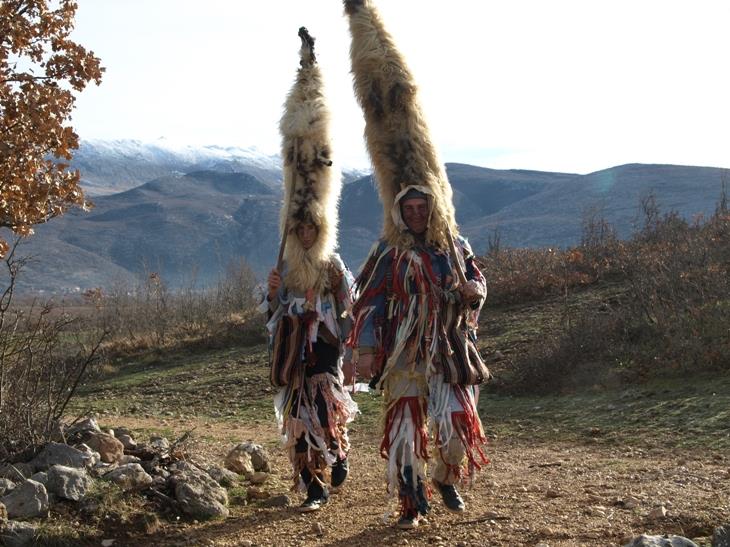
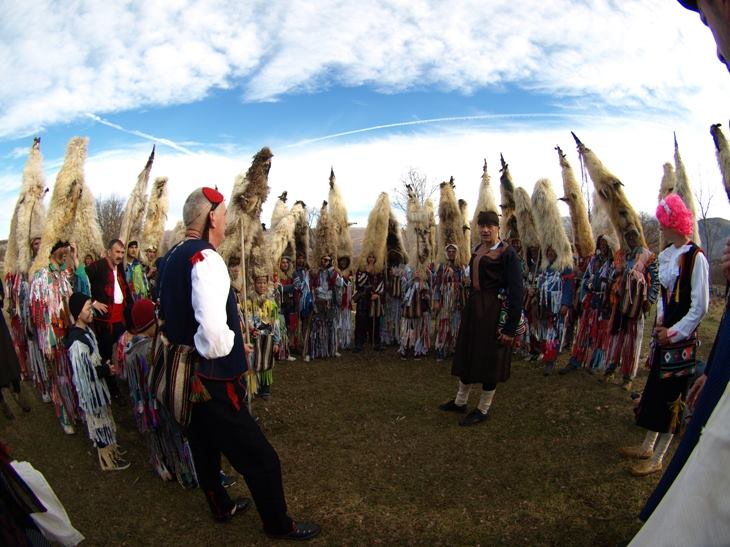
SOURCE(S): Tourist Board Sinj – text: Kezich G.: Museo degli Usi e Costumi dela Gente Trentina, SanMichele all´Adige, Italija, Dalmacija Danas

